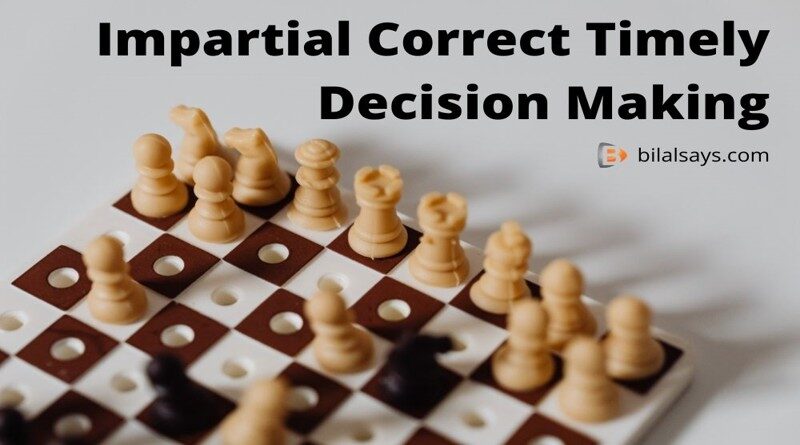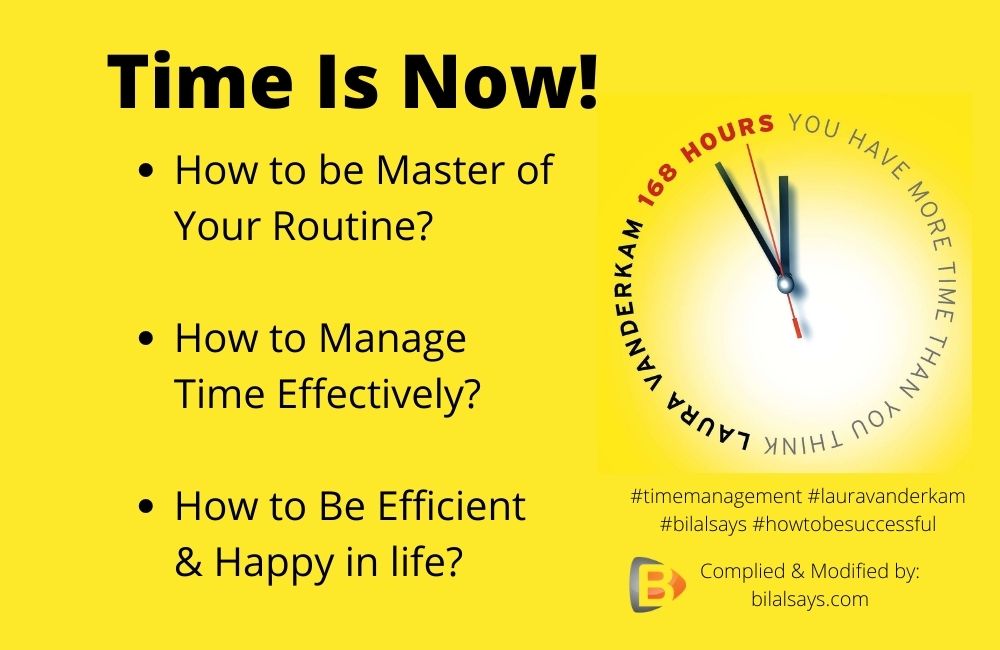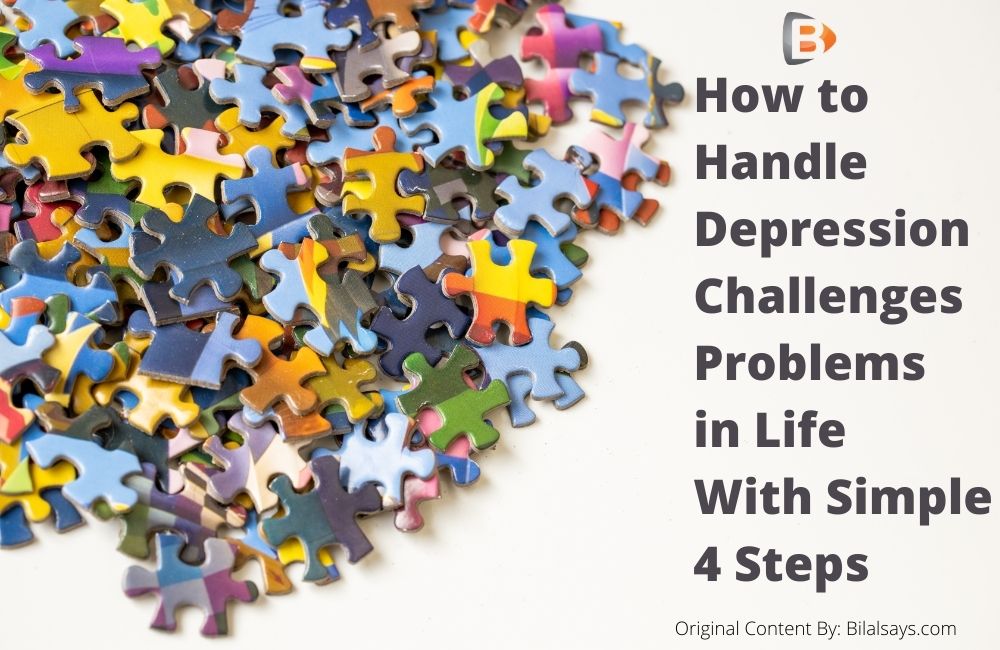How to Make Rational, Unbiased & Correct Decisions in Life?
Our whole life, what we are now and what we are doing all are results of our choices and decisions we have made. Often more choices leads to more problems. When we have too much options to choose from, it lead us to too much time consumption which then create anxiety and we feel analysis paralysis. Inspite of having choices and facilities in hand we feel indecision, which hurt our productivity and efficiency.
We can over simplified this by narrowing down endless options into a single asking question, we can beat confusion and move on to the next decision. But for reaching upto that point, we have to take step by step assessment of whole decision making process. At first this will feel hectic or laborious, but once you establish your system, you will feel more efficient and more result oriented:
We Depend Too Much on Quality of Outcome
All decisions whether big or small, good or bad, require some thought; but the way we approach them is usually inconsistent. Once an outcome to a decision is known, we usually can’t remember exactly what we knew or thought process during the whole decision making process. Normally people sees final result not the steps, process and pain behind. In psychological terms this is known as outcome bias. Due to which people often believe good result is a cause of good decision and bad results are the cause of bad decision, by totally eliminating the effect of luck and unforeseen happenings. Using the final output to evaluate the quality of a decision is called resulting. This seems logical but this is actually mental shortcut which may leads us to repeating the same errors or faulty decisions, because we are not accessing the decision making process at all.
To better understand the concept let’s make an example; Say someone has got good job inspite of his/ her bad grades just because of his elite references, that doesn’t mean the final outcome of that person justify the steps he had taken. We don’t have to underestimate the power of painful process of education, good grades and competitive exams which then leads to good job. Therefore, eliminating our reliance on resulting or outcome bias is the first and key step towards better decision making.
Avoid Post Result Biased Inferences
Sometime after getting result, we hear something like this; I already told you that will or going to happen. Such kind of sweeping statement sometime over simplify past things for us and we get caught up with revised and new information from past, which is not true. This eliminates all those factors which were there at the time of making of decision. When we believe that an outcome was sure or predictable we fell prey to something called hindsight bias, this will affects the way we thought in past. Why this new modified information is bad, because this build a narrative that single outcome was inevitable and making all actual alternatives impossible and irrelevant.
What is solution to this memory wipe out situation? We can use a simple tool knowledge tracker to avoid such hind sightedness in future decisions. You can use this by taking following steps; before declaring a decision good or bad. Write a list of the knowledge and beliefs that contributed to it; which includes relevant details, circumstantial information and information that has been evolved since. By comparing this before and after information we can thoroughly analyze what has been evolved since and what needs to be done now.
We Don’t Gather We Don’t Learn We Don’t Evolve
Rule of thumb is that you can’t learn and take handy lessons from your decisions; if you don’t gather and analyze sufficient data about your decision making process. As we all know it is impossible to change what has been done in the past. Practice following these steps; at first we need to look at the past objectively and then be impartial against single outcome of those decisions. Instead we need to examine multiple options, possibilities and decisions, which can leads to different possible results.
Six Steps Method for Impartial Decision Making
As we don’t have control over luck or on unforeseen future, but we do have control over what we know and what we have. This proven method will reduce biasedness and help you make more informed decisions that are more relevant to your values and goals:
- Choose key preferences from given situation and draw realistic selection of options from more important to less important to don’t matter at all,
- Based on your belief system, identify all positives and negatives of an outcome. Set the trade off limit, if any given potential result require mixture of both negative and positive,
- Roughly estimate and measure likelihood of each possible outcome? Is it avoidable or is it inevitable?
- Compare probability of each expected result which you like and which you don’t like,
- Repeat all above steps for next consideration or take out point,
- Now compare the all preferences, opportunity costs and likelihood of each option before reaching your final decision.
Conclusion is the more accurate and updated information we use for an educated and well rehearsed guess; the stronger the decision making process will be.
Increase Your Certainties
Increase certainties and chances by converting those probabilities into numbers, percentages, ranges and putting dates on them. Say you are a tax consultant and advisor your will be means 90-95% certain, your more likely than not mean 50% certain and your reasonable basis should be 20-30% certainty. While creating a numerical range of certainty, you establish upper & lower limit, which known as shock test. This will help to create vivid picture in the mind of others and make you prepare for anything unexpected. This will also help you to overcome overconfidence & overstatement in decision making process. Sometime this will shows your confidence about likelihood, and sometime this will serve as your seeking advice mantra, all depending upon audience and what your are require from them.
Establish Accurate Perspective
Thoroughly consider inside and outside view. Before judging any situation in hand; improve and improvise your pattern recognition skills. One way is to familiarize yourself with 2 perspectives; inside view & outside view. Inside view summed up as world according to our perspective, our belief system, our knowledge and our intuition. Outside view is practically the whole world beyond and above our perspective.
“It is far more easier to pick at someone else’s faults than to admit our own.
Annie Duke in her book How to Decide 2020
People don’t like to question their own self. The fact is that other’s reality is lies somewhere between our take and perspective of others. Solution is simple, just draw 2 columns side by side. First write information from external perspective; ask how others will react or what others will suggest? Put yourself in the shoes of others? Ask hard questions and make a list of your own. Secondly, write your own perspective based on your information, knowledge and insights. Now compare both columns, sort out anomalies and find your overlapped solutions; which is perfect blend of outside and inside view.
Identify & Separate More Important Tasks
As per normal behavioral pattern; a normal person spend 250 to 275 hours a year making repetitive and inconsequential decisions in life, like what to wear, what to eat, what to watch etc. This is called analysis paralysis where too many options leads to unnecessarily hectic decision making. The simplest one line solution to this is perform only option test. Now the question is how can we use our time effectively and efficiently? Lets follow these simple steps:
- Take a happiness test to check whether if decision’s outcome is; high impact, positive or negative, short term or long term. If yes, then take 6 step method, listed above. If no then pass on this decision for more important tasks,
- Don’t get out of repeat if the matter in hand is of trivial nature; like which route to take for office, which to wear etc. The drawbacks of those decisions are low but, potential benefits are plentiful. You have nothing to lose.
- Now that you have spared your time from less complex and less time taking decisions. Give a well thought on more complex and high impacting decisions, like house to buy, marriage proposal to make or which specialization to opt for career success etc.
Recommended Read: How to Make Quicker & Effective Decisions.
Give a Pro-Active Thought On Obstacles
You must have to be a optimistic person but don’t eliminate or overlook negatives around you. The risk is that sometime during positive thinking, we oversimplify things around us. World is mostly not as we imagine or as we think. it is not; we imagine success we will find success. Use mental contrasting, which is thinking hypothetical reasons for failures, and make plans for those obstacles. This will enable you to design practical solutions to help slow down or speed up the deliberation process accordingly.
Although it doesn’t feel good in the moment to imagine failing, the momentary discomfort increases the likelihood of successfully realizing goals.
NY State University Research
Take Honest Feedback
Don’t spoon feed your thoughts into others mouth. The simple rule is whenever you take advice from others or want to have other one opinion; don’t tell your stance or take on it first. There is high chance of replication of opinion. Advice is quarantine your beliefs, thoughts, opinions to avoid infecting others with your pre-opinion. This is called framing effect; a cognitive rational bias that occurs when the order in which information is introduced influence the way we, the recipient, interpret and judge that information.
This rule is specifically very relevant in the process of negotiation and bargaining. If you want to earn honest feed back or want to win Every Trade Negotiation & Bargaining; show your impartiality toward things you want to improve. Lastly, give value to other’s opinion. If we become honest about how much we don’t know and then work to chip away at the unknown, we can bridge the gap between a random prediction or wild guess and can make an informed and educated guess.
Author Note: This writing is inspired from The book of Annie Duke “How to Decide”. Also extracts of research and some terminologies were used from her workings. Things were rephrased, re-pictured and presented in more easy layout, where ever feel necessary.





Please make a youtube videos on based on those articles
How can we define rationality?
Pingback: Top Ten Self Help Rules For Personal Development | Motivation |Bilal Says
Pingback: Masterful Habits To Beat Distractions In Life - Bilal Says